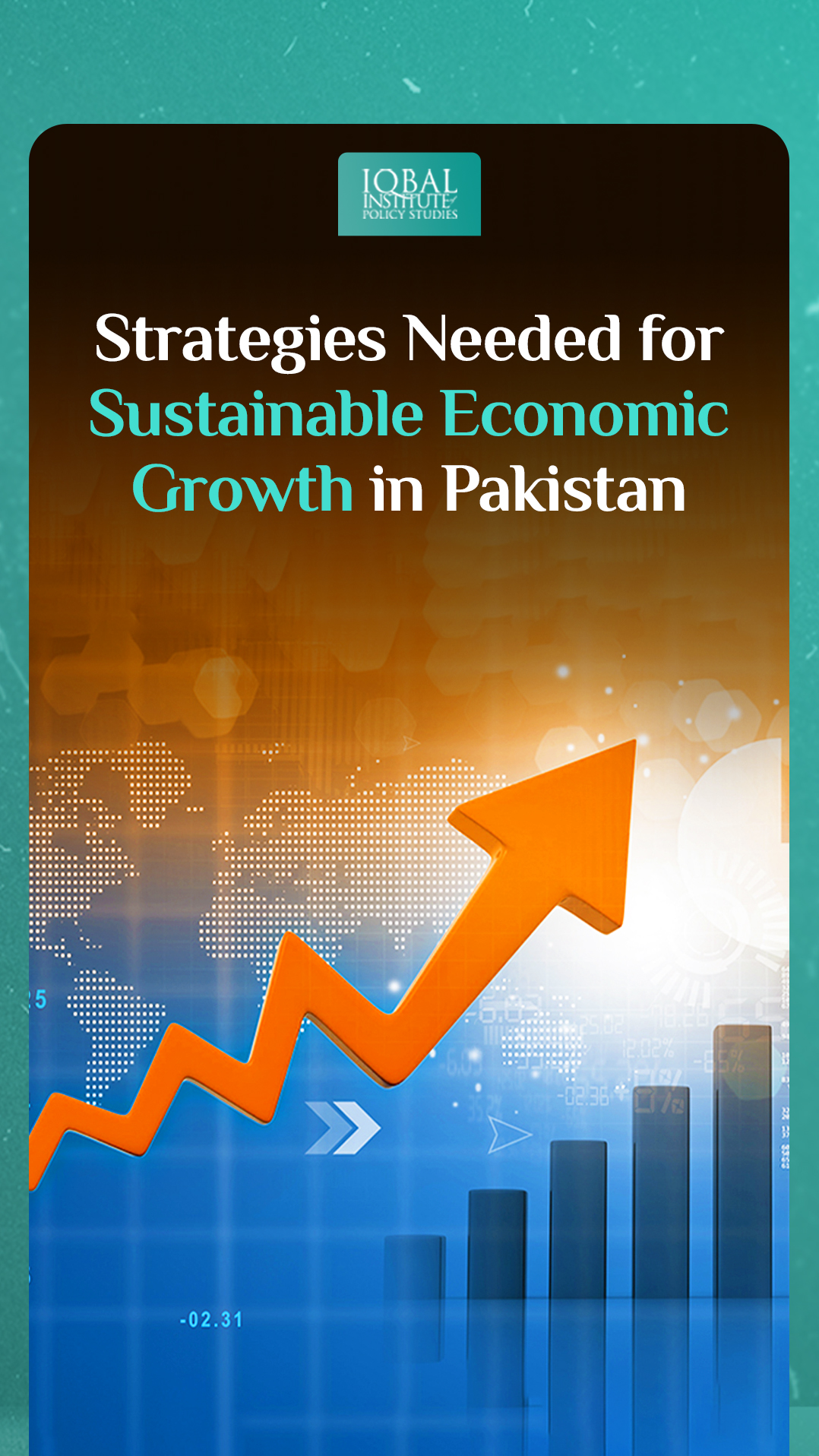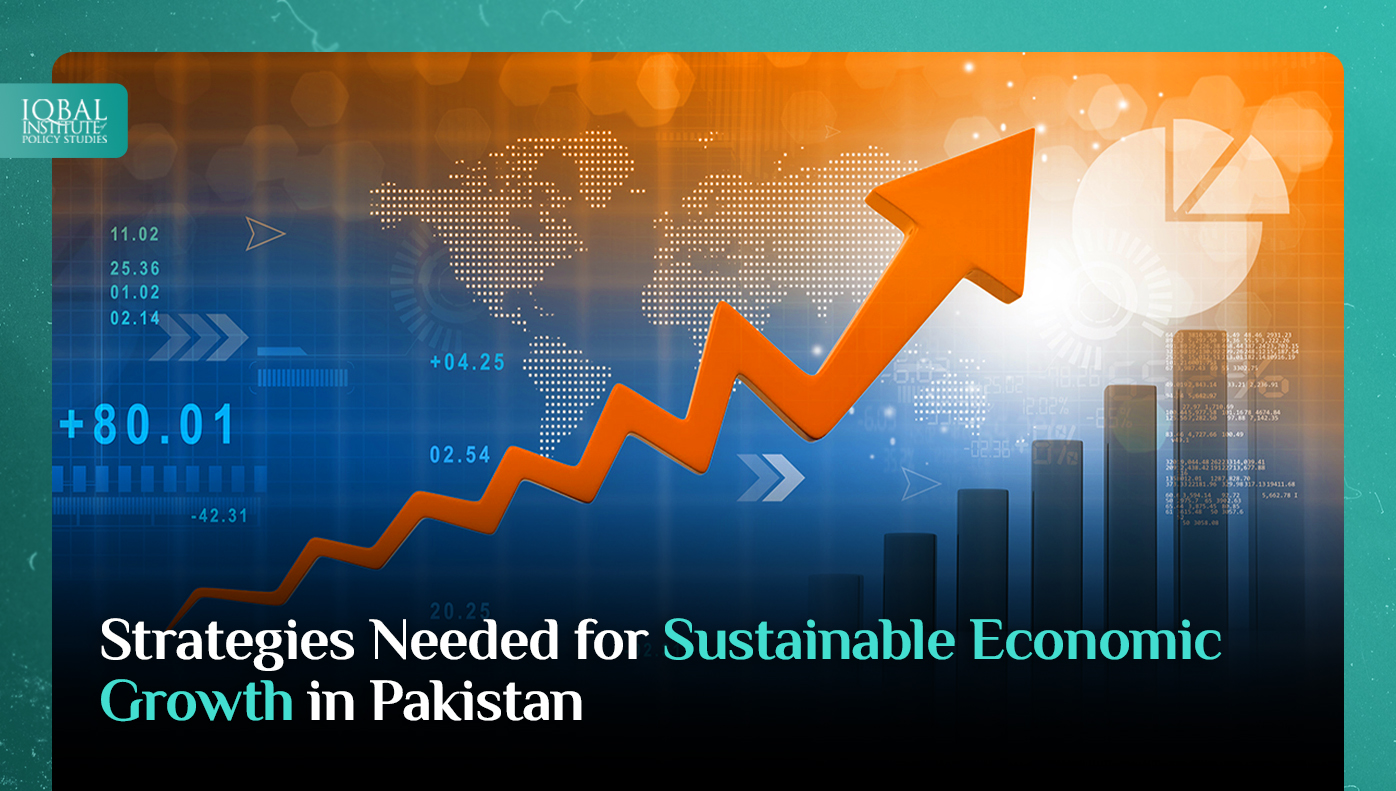Due to the current climate catastrophe, Pakistan has faced major economic and social losses. According to estimates, the country has experienced an economic loss of about $15 to $20 billion and around 33 million people have been affected (Express, 2022). Due to the loss caused by the floods, the Asian Development Bank (ADB) has estimated that the economic growth of Pakistan will be decreased by 3.5% in FY 2023. The country was already facing hard economic times due to high inflation, constant rupee depreciation, low exports, and political instability but the condition has been exacerbated due to this natural calamity. In this situation, it becomes necessary for the authorities to take imperative measures to put the economy on its growth trajectory.
Calamities in Past
In the past, Pakistan has also faced some serious threats to its economic growth due to natural disasters. The major ones are the two devastating floods in 2010 and 2011, two major droughts of 1999 and 2002, three big cyclones hitting the southern coast and the horrific earthquake disaster which shook Northern Areas and parts of KPK & AJK in 2005. All of these have adversely impacted the economic growth and directly threatened and eroded the sustainability of Pakistan’s development
Sustainable Economic Growth Strategies: Need of the Hour
To improve the economic situation of the country, the government needs to develop an economic growth model which is environmentally and socially sustainable and can reverse the alarming trends of global growth which are resource inefficient and beyond the globe’s bio-capacity. In addition, Pakistan must make an attempt to define its growth along the social (focus on youth and community development), environmental (quality of governance, sustainable cities) and economic (markets development, governance improvements) aspects and with an overall focus on advancing the quality of life for its citizens. Besides this, the authorities must focus on developing efficient climate strategies such as disaster risk reduction and management, vulnerability mapping, community-based adaptation, sustainable land management and undertaking future climate-resilient development to control the costs and associated risks in the future.



Leave a Reply